Last Updated on August 5, 2021

CAPTAIN AMERICA: THE FIRST AVENGER is battling its way into theatres today. Chris Evans takes on the superhero role with some pretty terrific results. Cap is a good old-fashioned return to a hero of old, yet it feels just right in 2011.
Recently, JoBlo.com had the chance to speak to the writers of the film. Stephen McFeely and Christopher Markus first gained our attention with their screenplays for the NARNIA series. And now, they tackle what is certain to be one of the most challenging origin stories to bring to life in time for THE AVENGERS. The good news is, they were up for the challenge.
Both McFeely and Markus are down-to-earth and honest when it comes to their writing. We talk about the creation of the suit for Cap, the comic book influence and finally if they’d like to return for a sequel.
Once again, Captain America opens today at a theatre near you.

How much was CAPTAIN AMERICA part of your childhood?
Stephen McFeely: Chris was a comic book fan.
Christopher Markus: I was aware of the comic book when I was a kid. Not so much into adulthood, and he wasn’t my favorite, namely because he wasn’t as relatable to me as like a Peter Parker…
SM: He seemed like an adult.
CM: Yeah, Cap’s a grown-up and he doesn’t let you in. And there isn’t that much Steve Rogers backstory ever given to you, so he is pretty super the whole time. I think one of the reasons I liked the movie and why it works so well is that you spent more time with the man inside, the little guy. It gives you a humanity that might not be there.
Was that the ultimate goal to spend that time with him before the transformation?
SM: Yeah, and then Marvel, to their credit was pretty cool with that. You just have to look at IRON MAN, you’d have to break it down, but I think at about minute forty is when he becomes Iron Man. He gets out of that cave and he kicks ass and all that, and he lands in the desert, oh my God! That’s about minute forty. And it is only a two hour movie. So Marvel didn’t require you to have him come out of a chamber at minute ten, you got to spend a lot of time with him, and that is the whole key to the character.
CM: I think that the Marvel characters thrive on at least knowing that fifty percent is going to be the person behind the outfit. DAREDEVIL is cool, but knowing the fact that he is a blind lawyer is… you know… [Laughing] And to their credit, Marvel is very aware of why, what they have works and what doesn’t need reinventing.
SM: They’re not chomping at the bit saying that they need twenty percent more action in the first ten minutes or they are gonna lose people. They have confidence that you are going to keep following.

The opening of Captain America worked very well for me with the discovery of the shield. Was that always the beginning?
SM: Well you could start just with Norway but we knew there was going to be a bookend. To be honest, back when we first got the job in 2008, it wasn’t a slam dunk on who got the wake up scene. Is that going to be with THE AVENGERS or is that going to be with us. So we didn’t know, but obviously it was going to happen. So it was only when they got further down the road to The Avengers that they knew when that story started and where Steve Rogers needed to be. So then we knew we got it, we got the wake up scene.
Was it difficult for you both to work within the Marvel universe when it came to timelines, hints at the future and keeping everything together?
CM: We had a slight advantage in that we were chronologically first, so we didn’t have to worry that one of our characters might be off in a different storyline or something like that. It was a lot of fun that you are dealing with Tony Stark’s father and you are dealing with something that came from Anthony Hopkins treasure room. All these different things are connecting in a way that you wouldn’t… you could never write that into a movie as a standalone thing, you’d need to double click on it and read it and check the Wikipedia page. In terms of screenwriting its free character. All you’ve got to do is name that guy Howard Stark, and he is more than just the guy on the page and the guy with the pencil thin mustache. He now has an aura about him that you just inherited. You get to go down the road faster with him.
Was it always the choice to go with this particular storyline, with Red Skull and where it all leads?
SM: He was sort of obvious once you got into it. If I tell you it’s going to be Captain America, period, and you ask who is the villain, your list is very short and there is a number one draft choice. And you know it is going to be an origin story, so it will be skinny Steve but the question is how long. So you know kind of where you are going.
CM: It wasn’t always “Cosmic Cube”. We kind of danced with how much cube to use because you could really use too much.
SM: It’s just too powerful. You need limits or else the stakes are… nothing matters if anything is possible.
CM: And we had debates on how connected should things be. There is bound to be a number of people who haven’t seen THOR and will see this, or have seen Thor and won’t see this. And you know, do you absolutely need to see Thor to see this. And I think we’ve got the percentage right in that you mention these things and get where they are coming from but you don’t need it. INDIANA JONES you don’t need to know who built the Ark, I mean you get a little exposition…
SM: One band-aid scene exposition scene…
It’s definitely more important to give character to those that you have on hand…
SM: Yeah, you can bore people with things that are tendential. I mean, I need to know about how Steve makes choices and he will make choices fairly regularly along the way. That’s how I’m going to believe in him as a real character.
How far did you back into the comics and find the rhythm and the structure of Cap?
CM: We read as much as we could.
SM: It was a lot. We thought we read everything…
CM: And there is always more.
SM: It turns out there is a lot more. [Laughing] We read a lot of war stuff – we read everything that we could, but we paid particular attention to anything with World War II whether it takes place there or was influenced by it. And now there is so many that takes place in alternate universes and a lot of other characters…
CM: I don’t know if we took… tonally Brubaker was the most influential because he is certainly the most grounded in reality. The least “man in tights” treatment. And in a weird way – not necessarily the story – some parts of the movie had the tone of flipping through one of the old comic books. The USO number kind of reminds me of all the ads in there for like “Join Cap’s young commandos who are gonna defeat Hitler!” It’s a collage of influences in some ways.
What is the challenge of writing something like this, based on comics as opposed to adapting something like NARNIA?
SM: Well they are not the same, but they sometimes are. You are trying to tell the best version of a story people already know. With Cap there are just more choices to be made but even saying that, it’s not how he gets… it’s how to do what you already know needs to be done. So I know that he is going to get recruited, he’s going to get the “Super Soldier Serum” and become Captain America. So do you take five minutes or do you take thirty? And I know where he is going.
With Narnia, it’s a one-hundred and eighty page book but the requirements are similar. I know where this starts and I know which lion has to die in the end. You just have to take a step back and say, “What is the story want to be?” It’s a little bit of the audience’s needs, what are they expecting? It’s not that overwhelming except for the first day you get the job.
CM: I think we learned a lot from, one, stepping away from the legendary weight of this famous thing and also stepping away from treating it like an anything goes fantasy. At every point in Narnia we wanted to have those kids be genuine kids stuck in this bizarre situation. And we wanted to treat Steve the same way so we never lost the human inside the suit. You do that, he becomes…
SM: He becomes a symbol. All too often an amazing, extraordinary thing happens to a person and they completely roll with it. They never question it, they just go. I’d like to see the friction that I think I would feel if I just fell out of a pod and looked like Chris Evans. Let’s talk about what that just did to my brain.
CM: If that happened to me, I’d just go home and cry. [Laughing]
SM: And then I’d go cruise for girls or something. [Laughing] There is an issue here. I’m still a nerd and now I look this, how do I resolve that. And do deserve this? All this stuff.
Chris Evans did a nice job representing that also, especially in the USO sequence. Was that from the comics?
SM: No, I think we all decided that was a good way to resolve the issue with the suit. The suit is an issue.
It could be a major issue.
CM: You want to get that creation of Captain America in an inexplicable way. That is not the outfit that you’d put on if you were going into battle.

Is this something you would like to return to?
SM: Oh yeah! If it does well enough to justify a sequel, we are going to do it.
CM: There is plenty more… forty to fifty years of the Cap have been with the man out of time, unfrozen, where do I fit into this world, you know. That is totally untouched so far. There will be a little bit of it in The Avengers, but there is so much else going on in there that I think there will be plenty more for us to explore… possibly. There are at least three or four good villains left.


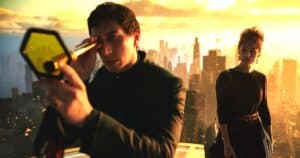
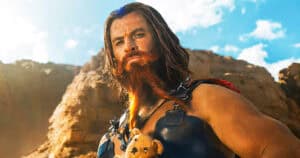
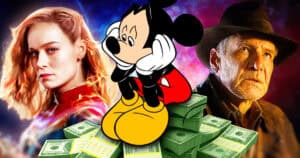
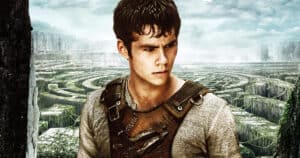
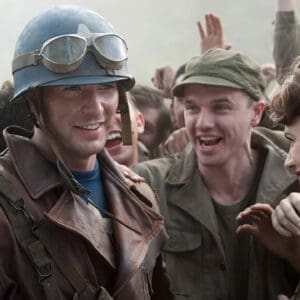
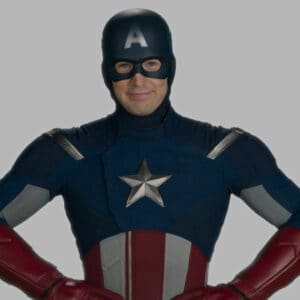
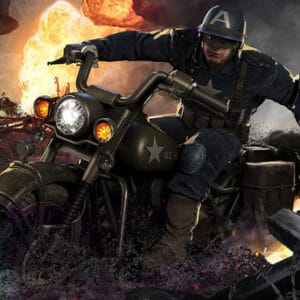
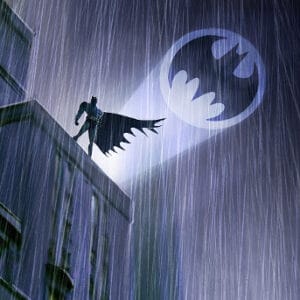
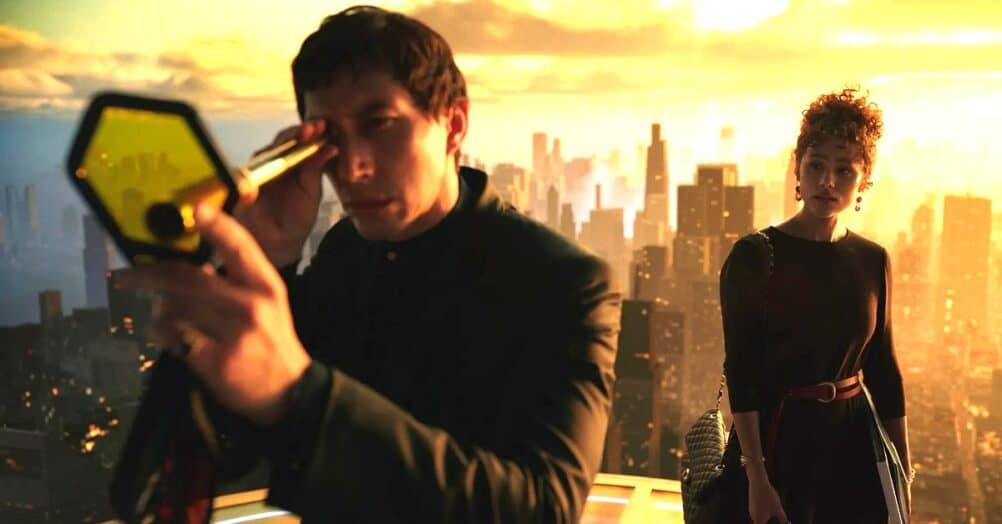
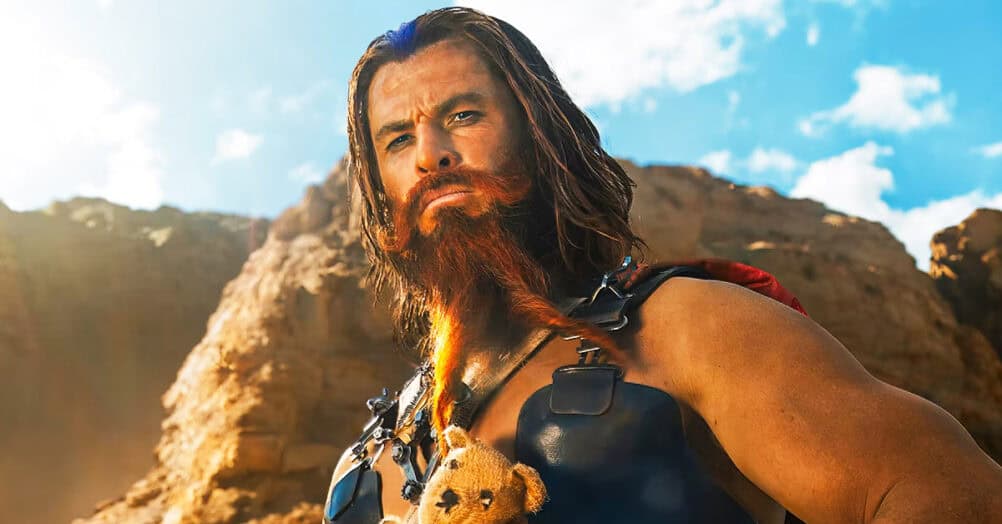
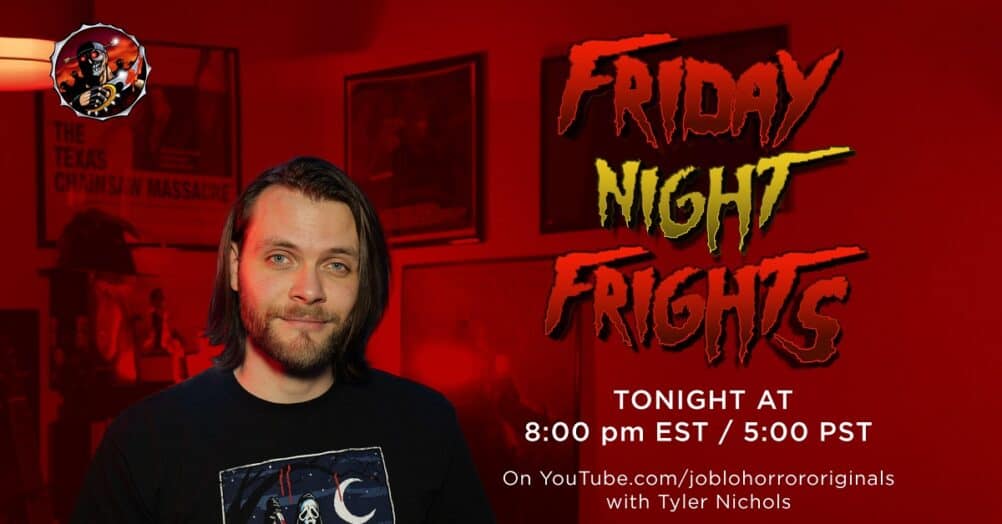
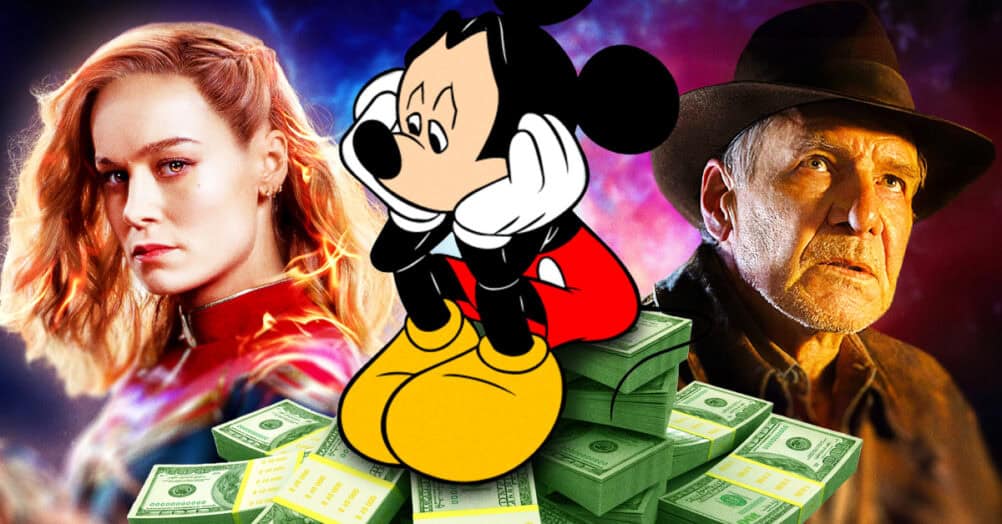
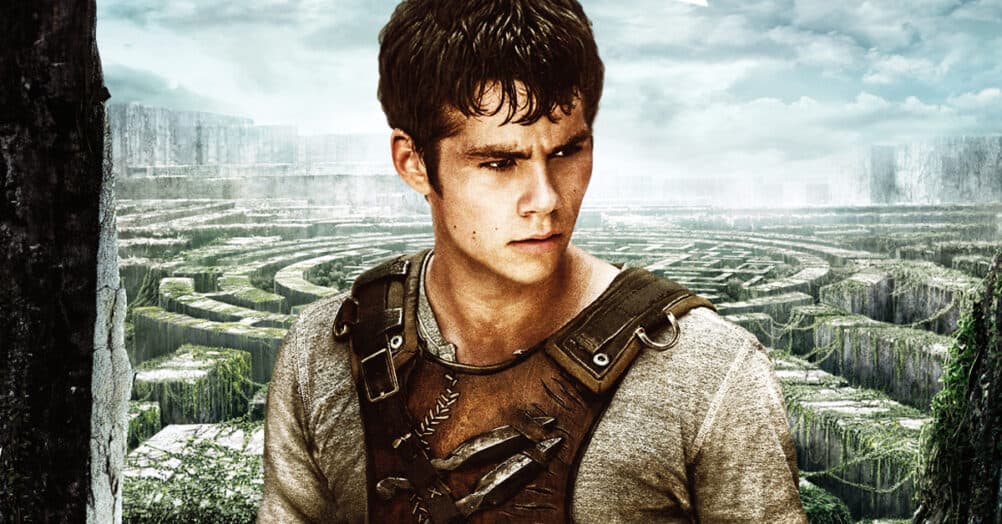
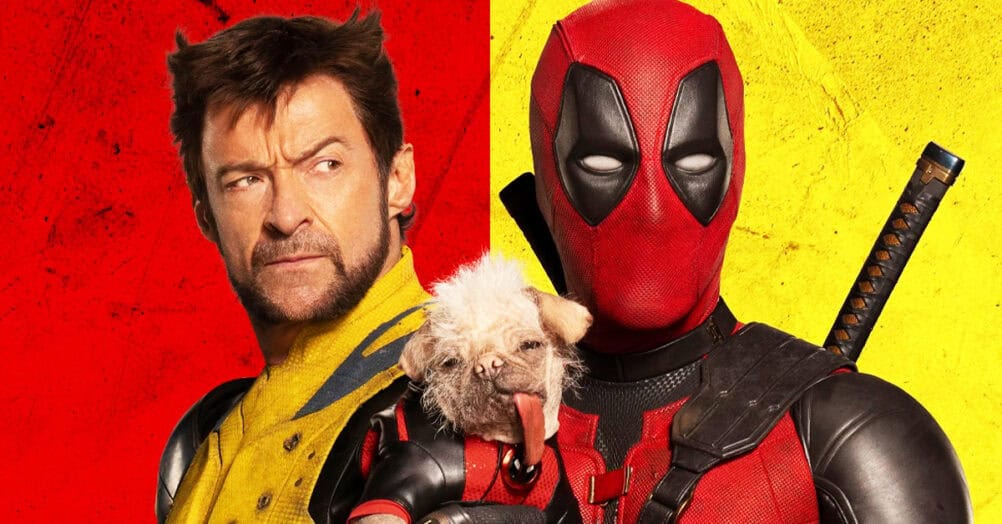
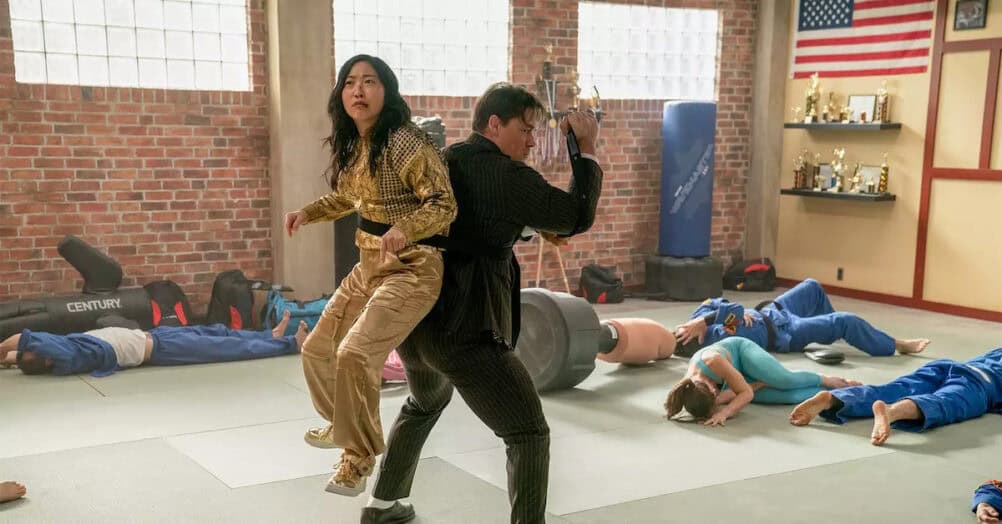
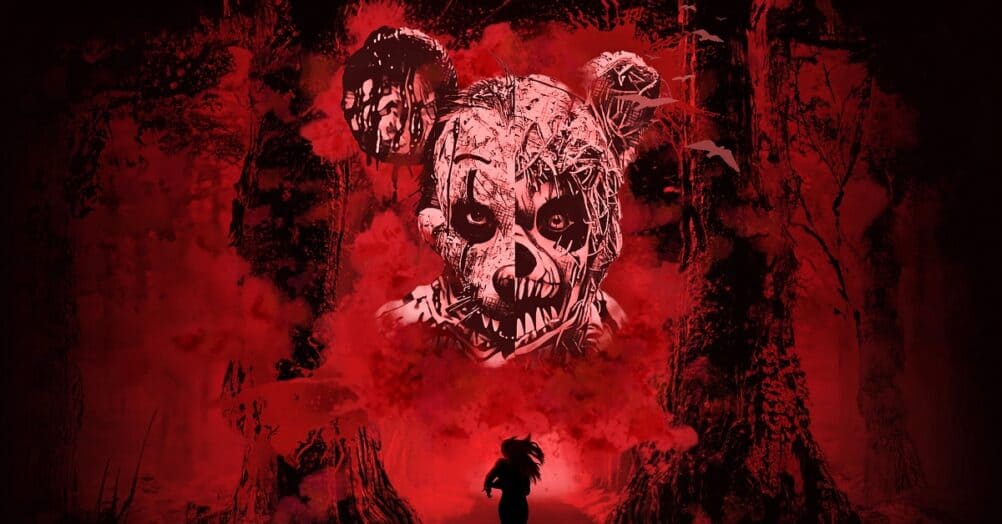
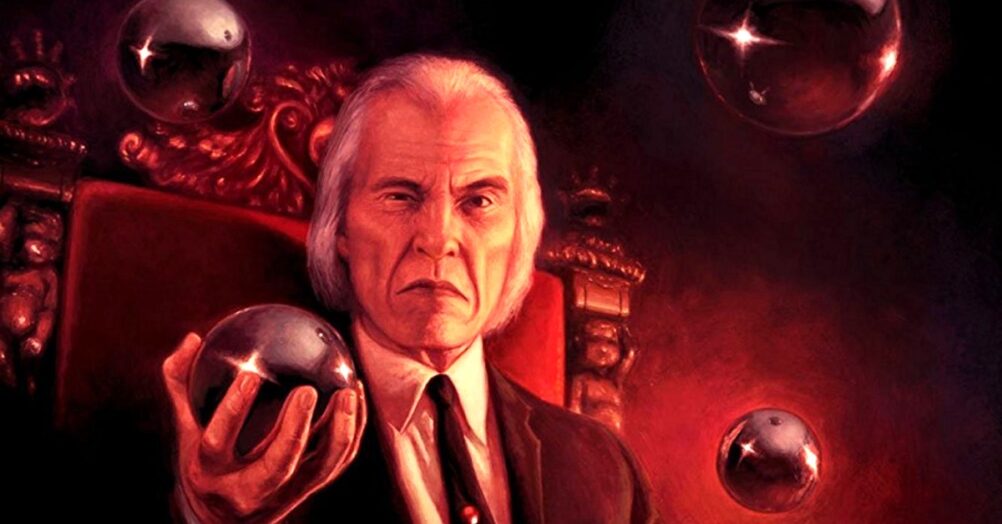
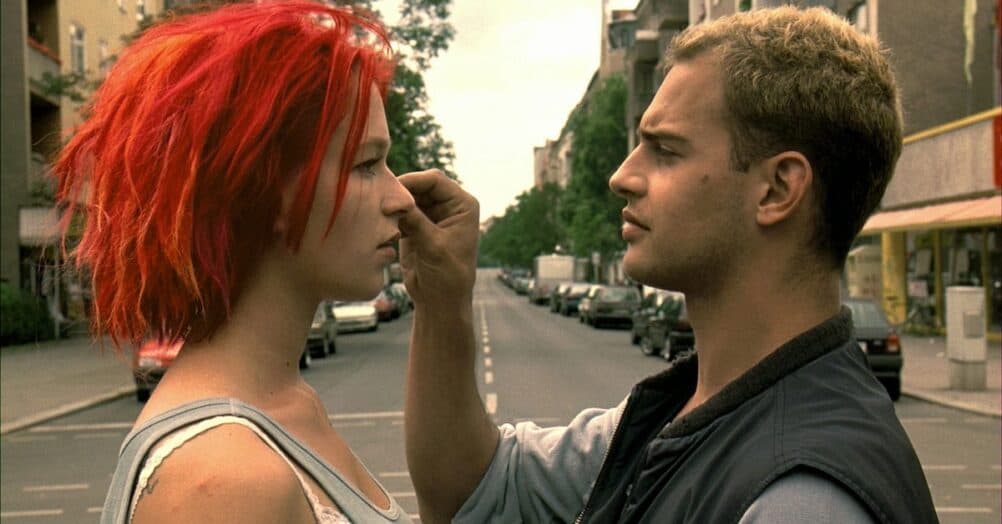
Follow the JOBLO MOVIE NETWORK
Follow us on YOUTUBE
Follow ARROW IN THE HEAD
Follow AITH on YOUTUBE